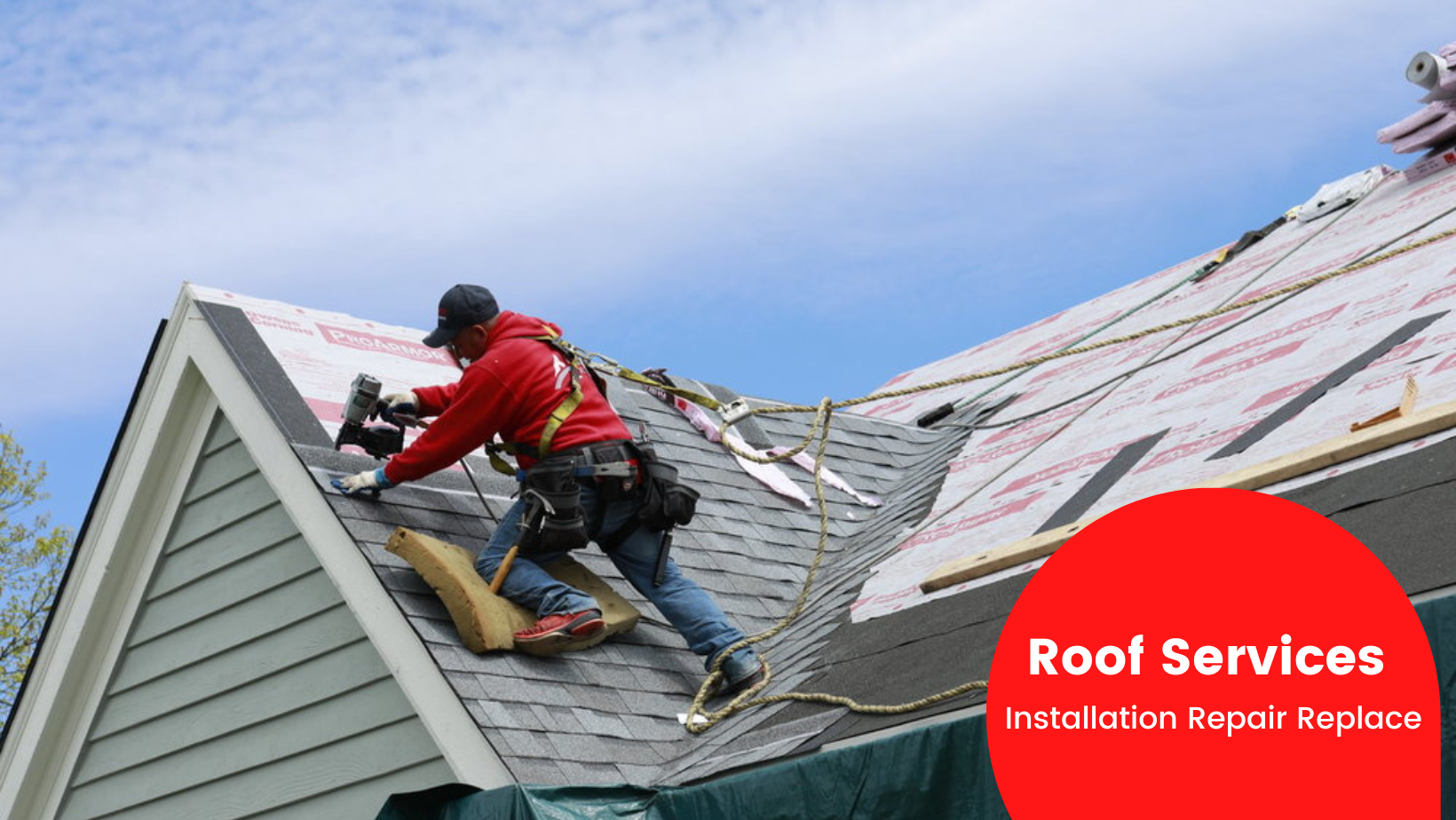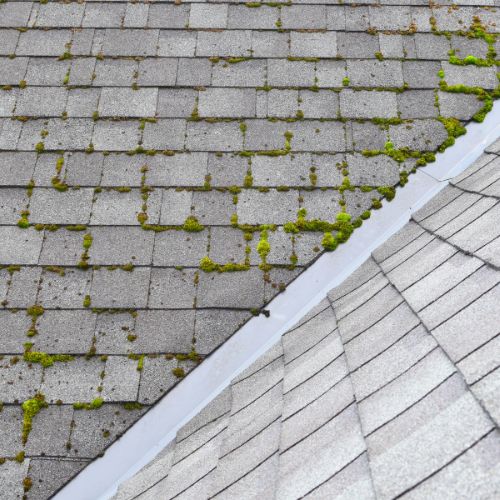Secret Factors To Consider for an Effective Roofing System Installation: Accomplishing Durability and Efficiency
In embarking on the journey of roofing system installation, one should prioritize vital considerations to ensure both long life and effectiveness. The choice of products, tailored to withstand neighborhood climate conditions, plays a critical function in maintaining structural integrity. As we discover these facets, it becomes evident that an effective roofing setup is not merely about covering a framework but about crafting a resilient and sustainable option.
Selecting the Right Products

Environment plays a pivotal role in product option. In areas susceptible to heavy rains or snow, products like asphalt shingles or metal roof with high water resistance are advisable. On the other hand, in hot environments, materials with reflective residential properties, such as great roofing membranes or tiles, can help decrease energy costs by dispersing sunshine.
Budget factors to consider likewise affect product selection. While premium materials like slate or clay tiles provide lasting efficiency, they feature higher ahead of time costs. Nonetheless, they can show cost-efficient with time as a result of their marginal upkeep requirements and prolonged lifespan.
Last but not least, the building style of the structure must integrate with the roof covering material. Standard homes may profit from wooden roof shingles, whereas contemporary structures might choose for sleek steel surfaces. By meticulously evaluating these aspects, you can select products that straighten with both useful and visual goals.

Recognizing Roof Covering Style
Understanding roofing system style is necessary in attaining a well-functioning and cosmetically pleasing framework. The style of a roofing system influences not just the aesthetic allure however also the architectural stability and performance of the structure. An attentively designed roof can improve the overall building design while making sure efficient water drainage, insulation, and air flow.
Crucial element of roofing design consist of the pitch, form, and structural support group. The pitch, or incline, determines exactly how effectively water and particles are lost from the roof surface area, impacting the life-span of roof materials. Typical roof forms include gable, hip, level, and mansard, each offering distinct advantages and aesthetic qualities. Gable roofing systems are preferred for their simplicity and reliable water losing, while hip roof coverings provide extraordinary security in high wind locations.
Structural support group, such as trusses and rafters, are vital in distributing weight and keeping the roof covering's stability. Proper layout have a peek here ensures that the roofing can stand up to environmental loads and withstand contortion. In addition, integrating features like overhangs and eaves can shield the building's frontage and boost power effectiveness by providing shade and minimizing warmth gain.
Eventually, a well-considered roofing system layout equilibriums develop, function, and longevity, contributing to the long-term success of the installment.
Climate Considerations

In hot and sunny climates, roofing materials should reflect, instead of absorb, solar warm to keep energy effectiveness and avoid too much thermal expansion, which can bring about product deterioration - Keep Dry Roofing St Peters MO. On the other hand, in colder regions, materials have to provide ample insulation to avoid warmth loss and stand up to freeze-thaw cycles that can trigger cracking and various other structural problems
Additionally, the option of shade and finish can significantly impact a roofing system's thermal efficiency, especially in areas with severe temperature variations. Regional building codes commonly provide guidance on suitable products and layouts, showing local environment problems. A comprehensive understanding of climatic problems is important for selecting materials and styles that ensure a roof covering's optimal performance over its life-span.
Installation Best Practices
Reliable roof installation is a vital component of ensuring lasting sturdiness and performance. Utilizing high-quality tiles, underlayment, and flashing customized to the certain environment and building design will certainly boost the roof's resilience.
Just as essential is the prep work of the roof deck. Making certain that the deck is clean, completely dry, and structurally sound prior to setup protects against difficulties such as leakages and premature wear. Correct air flow is another key consideration, as it reduces moisture accumulation and thermal stress, consequently prolonging check over here the roof's lifespan.
Accuracy in dimension and positioning during the installment process is crucial. This entails exact positioning of shingles and thorough attention to overlapping, which avoids water access. Employing professional, skilled labor guarantees these criteria are met, minimizing the threat of mistakes that could endanger the roof's effectiveness.
Energy Performance Approaches
Enhancing a roofing's power performance is a tactical factor to consider for lowering power prices and environmental effect. By selecting proper materials and innovations, house owners and builders can dramatically boost the thermal efficiency of a roofing system, therefore reducing energy intake. Among the main methods includes using reflective roofing materials, which disperse more sunshine and absorb less warm. This can bring about a significant reduction in cooling down expenses, particularly in warmer climates.
In addition, the consolidation of appropriate insulation is crucial in stopping heat transfer in between the exterior and interior of a structure. Insulation materials with high R-values, such as spray foam or rigid foam boards, are efficient in keeping a constant indoor temperature level, thus optimizing HVAC system efficiency.
In addition, the integration of photovoltaic panels on rooftops not only creates renewable energy but can also give shade, additional decreasing warm gain (Keep Dry Roofing St Peters MO). Developments like awesome roofs, which utilize layers to mirror more sunshine, are additionally gaining popularity for their ability to reduce roof temperatures
Final Thought
In verdict, achieving an effective roof covering installment necessitates a thorough technique that incorporates the choice of high-quality products customized to details weather problems, thoughtful style considerations for optimum drain and structural integrity, and adherence to careful installment practices. These elements jointly make certain the prevention of wetness buildup and thermal anxiety, thereby improving the roof covering's longevity and efficiency. Incorporating methods to improve power performance further contributes pop over to these guys to reducing upkeep requirements and lowering energy intake over the roof's life-span.